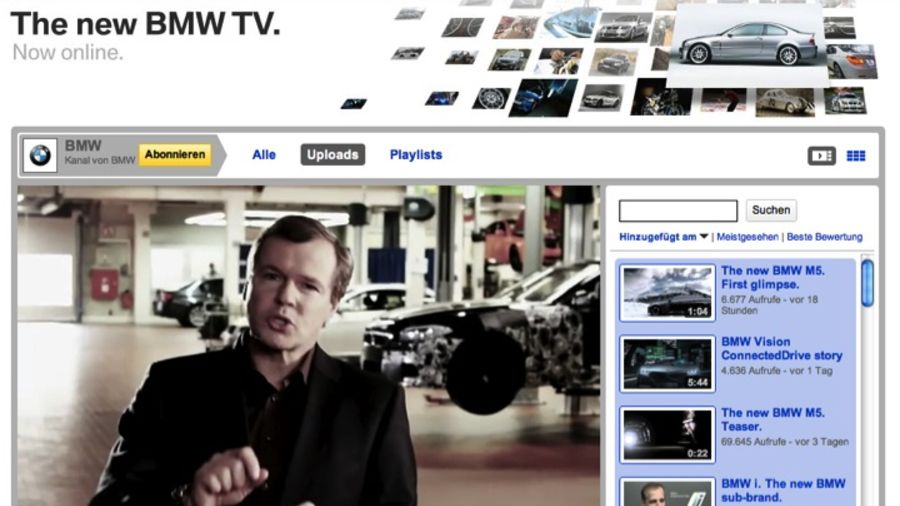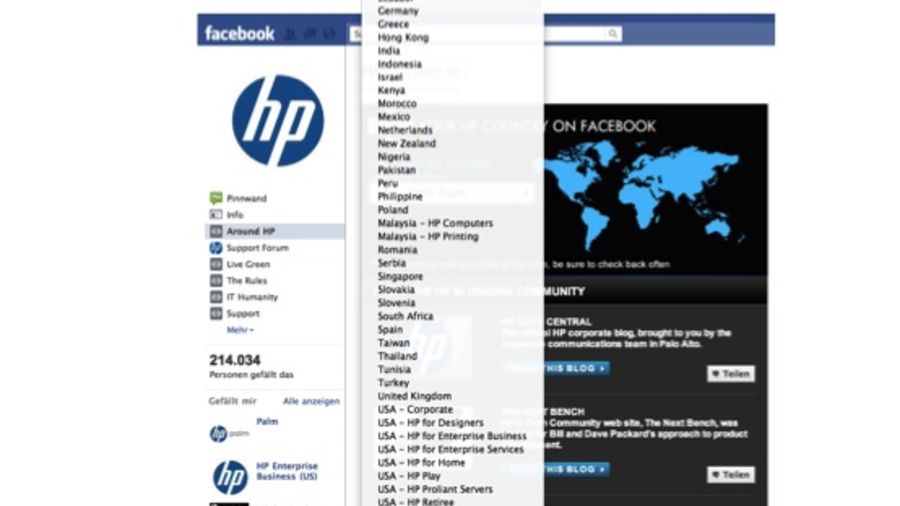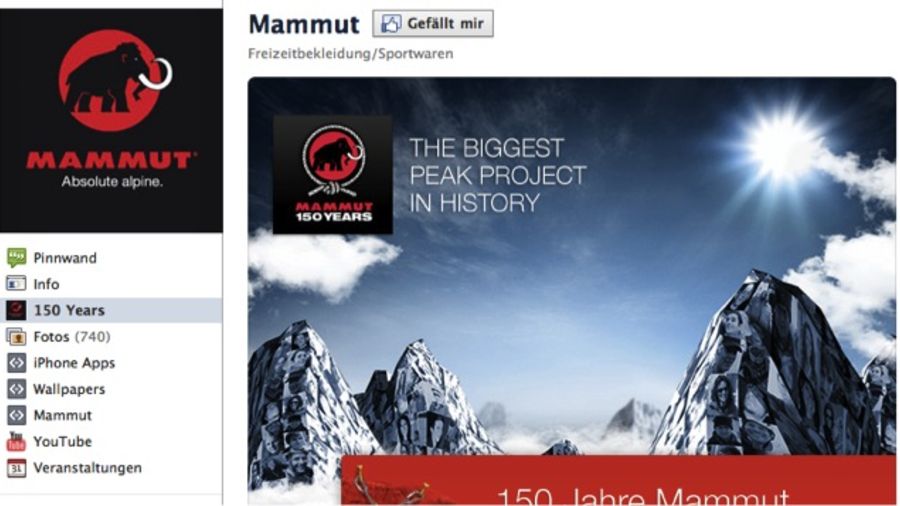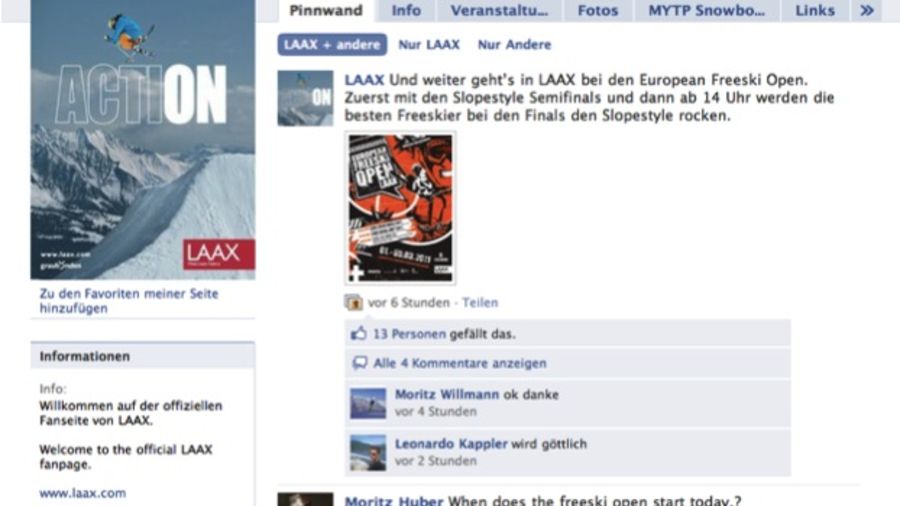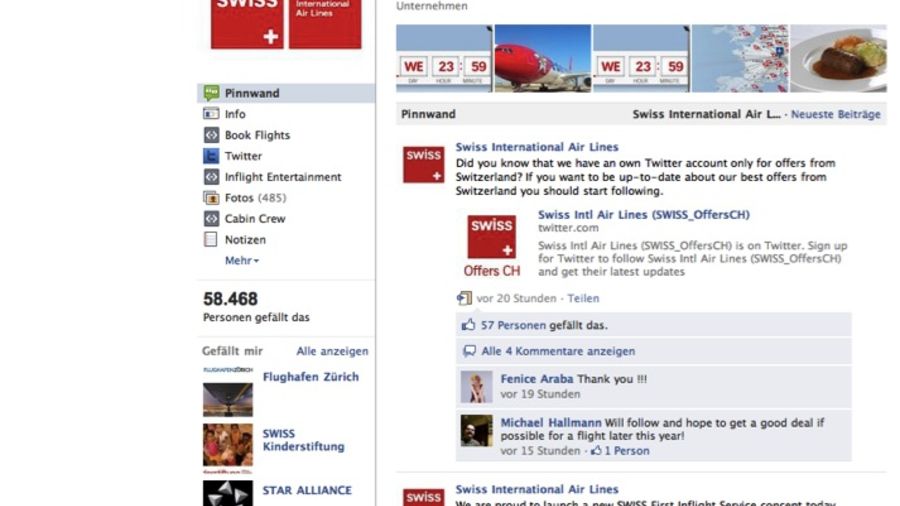Fortune Global 100 corporations have become more active in social media during the past year. Above all Twitter became more popular among the Global 100 as a recent study by Burson Marsteller shows Not only did the number of companies who twitter increase, but also the average number of Twitter accounts they use. This would indicate that Twitter activities have become more diverse.
Indeed, the way companies use Twitter varies broadly - from classic corporate news to promotional activities and technical customer support. Most of the companies interact actively with their stakeholders – successfully so: They increased their average number of Twitter followers by 241 percent during last year.
The fact that over half of the Fortune Global 100 run one or more channel at video giant Youtube does not come as a: More and more users search for answers to their questions on video platforms – they have made Youtube into the world’s second largest search platform. You are just as likely to find “How To demos† on Youtube as you may find classic corporate movies, advertisements or branded entertainment.
Interacting with stakeholders through blogs
Blogging only appears to stagnate at first glance. The number of companies keeping a blog may not have increased significantly but the intensity of use of those platforms has increased: For companies such as IBM (that runs more than 80 blogs), blogging is an informal way for employees across all departments to interact with their stakeholders, the Burson Marsteller study says.
The top priority for most companies still is Facebook: The number of companies active on the social media leader’s platform grew by 13%; almost two thirds of the Fortune 1oo corporations run one or more Facebook pages. Also, the contents on these pages have improved: More and more companies diversify their presence and run a number of pages (leader HP runs an astonishing 51) and the up-to-dateness of the contents has grown.
The level of interaction with the users has grown, too: Three quarters of the sites allow users to post on their walls. However, they still grapple with responding to posts and to criticism. Answers to posted questions can be found on only 57 percent of the pages – with only 51 percent, the pages of European companies trail behind.
Half-hearted engagement goes unnoticed – if you’re lucky...
Engagement is what separates out the men from the boys: Engaging in social media may be a must, though it must not be carried out for duties sake. Above all, social media demand an honest commitment of a corporation to engage with its users. Across all levels of hierarchy ¬– top down and bottom up. Half-hearted engagements will – in the best case – go unnoticed. In the worst case though, they trigger violent user reactions; with possibly severe repercussions on for the company’s reputation.
The realisation that it is not enough to build a pretty Facebook page and post a lot of company news on it hasn’t yet reached all communications departments – especially in European corporations. “Swiss† airline’s Facebook page has been highly praised by some specialists. Though, browsing through its wall posts, one can easily recognise that the company fails to answer to posts and – equally present – criticism.
Two much smaller Swiss companies show there is a different way: The ski resort of Laax and sports equipment manufacturer Mammut both offer diversified and attractive contents, a personal style of conversation with users as well as quick and individual response to individual posts. The contents on their walls prove that serious interaction is highly appreciated by users.
Here you can Download the presentation on Burson Marsteller’s Study.



